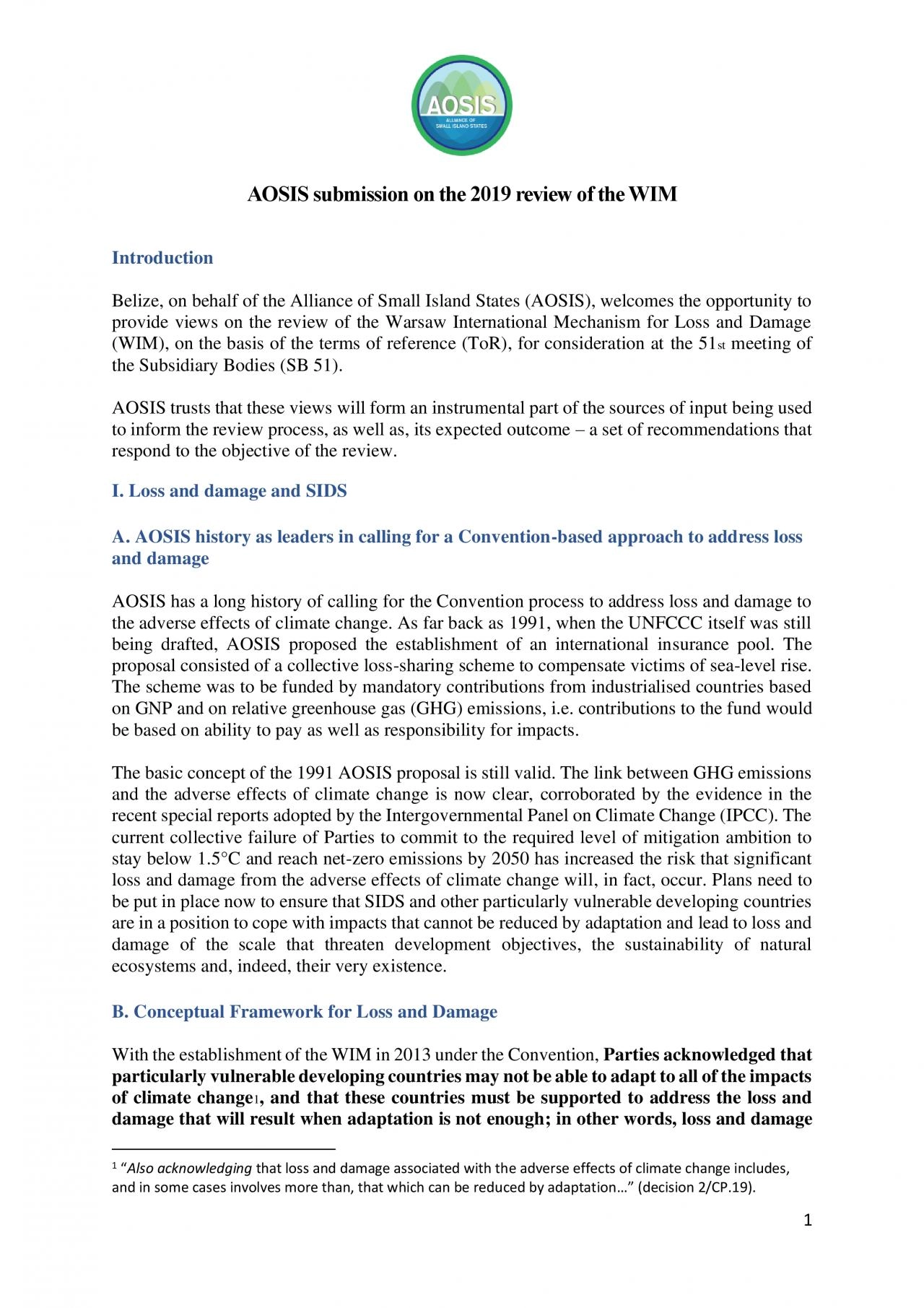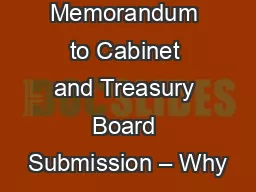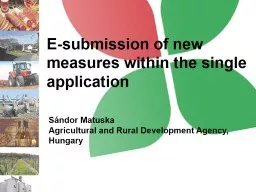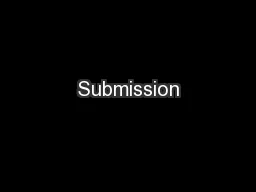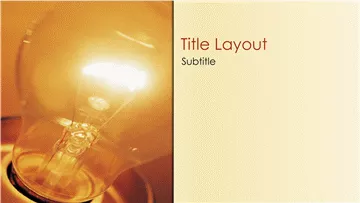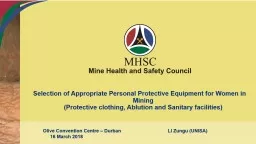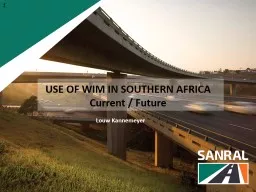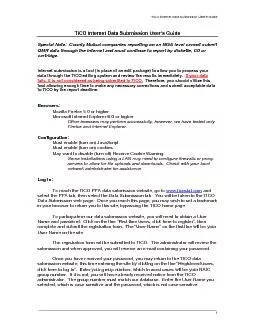PDF-AOSIS submission on the 2019 review of the WIM
Author : dstech | Published Date : 2024-03-15
AOSIS trusts that these views will form an instrumental part of the sources of input being usedbrto inform the review process as well as its expected outcome a
Presentation Embed Code
Download Presentation
Download Presentation The PPT/PDF document "AOSIS submission on the 2019 review of t..." is the property of its rightful owner. Permission is granted to download and print the materials on this website for personal, non-commercial use only, and to display it on your personal computer provided you do not modify the materials and that you retain all copyright notices contained in the materials. By downloading content from our website, you accept the terms of this agreement.
AOSIS submission on the 2019 review of the WIM: Transcript
Download Rules Of Document
"AOSIS submission on the 2019 review of the WIM"The content belongs to its owner. You may download and print it for personal use, without modification, and keep all copyright notices. By downloading, you agree to these terms.
Related Documents

